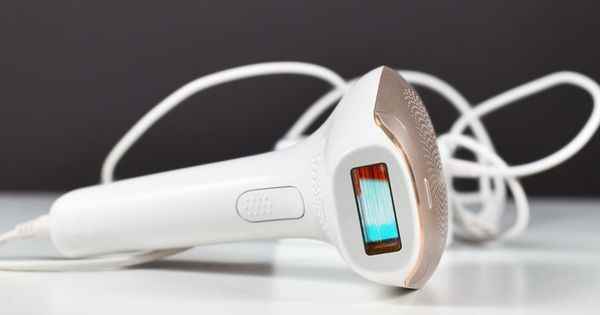Posted ,
Reading 2 mins.
ANSES publishes a press release in which it warns about the use of pulsed light hair removal and the possible adverse effects. It recommends training for professionals as well as contraindications and best practices to follow.
In one communicated published on September 9, the National Agency for Food, Environmental and Occupational Health and Safety (ANSES) recalls the adverse effects of pulsed light hair removal, including burns, blisters and eye lesions. It provides new recommendations for avoiding them and providing information on good practices to follow.
For 15 years, pulsed light hair removal has developed among some doctors, but also in beauty salons, or even among individuals.
This practice can have more or less serious health effects.#Thread (1/4) ⬇️ pic.twitter.com/y0lZ0ewcwB
— Anses (@Anses_fr) September 9, 2021
These devices, the purpose of which is to destroy the hair and the hair bulb by thermal effect, can be used by dermatologists and professional aesthetic doctors, operators under the responsibility of doctors, but also by aesthetic salons and individual. ANSES indicates the principle of these machines: “The light emitted by the device targets the melanin present in the hair follicle, determining the color of the hair, while minimizing as much as possible the energy deposited in the nearby tissues (the skin) to avoid burns”.
But the amounts of energy deposited in the hairs and the skin depend on the characteristics of the device and those of the depilated people. It is therefore necessary to take them into account, to avoid undesirable effects such as burns, the appearance of crusts, blisters, or even eye lesions as well as pigmentation disorders. “These practices could lead to a delay in the diagnosis of skin cancerIPL (intense pulsed light in English, pulsed light in French) can indeed distort the color of precancerous lesions, and thus prevent the early detection of melanomas” warns ANSES.
Training for professionals and risk warning
The Agency also considers that its placing on the market must be subject to the same provisions “only medical devices using equivalent technologies such as lasers”. “Manufacturers should be required to carry out tolerance studies prior to placing them on the market as rigorous as those carried out for medical devices, in order to control health risks”, says Rémi Poirier, coordinator of the expertise at ANSES. The Agency is also calling for the establishment of a common training base for professionals in the beauty industry. This would allow them to identify the cases for which a dermatological diagnosis is necessary. Note that since May 26, 2021, pulsed light hair removal devices are governed by the new European regulation relating to medical devices.
ANSES also recommends that manufacturers of devices intended for individuals better inform them of the contraindications and the precautions to be taken, recalling that thehair removal is not recommended in case of skin problems or skin abnormality, drug taking photo-sensitizing and anticoagulant treatments, skin color or type of hair not suitable, in the event of exposure to UV rays, in the event of pregnancy, breastfeeding or taking hormonal treatments. It is also recommended to wear gogglesof do not epilate the areas close to the eyes or evenspace sessions a month apart minimum.
